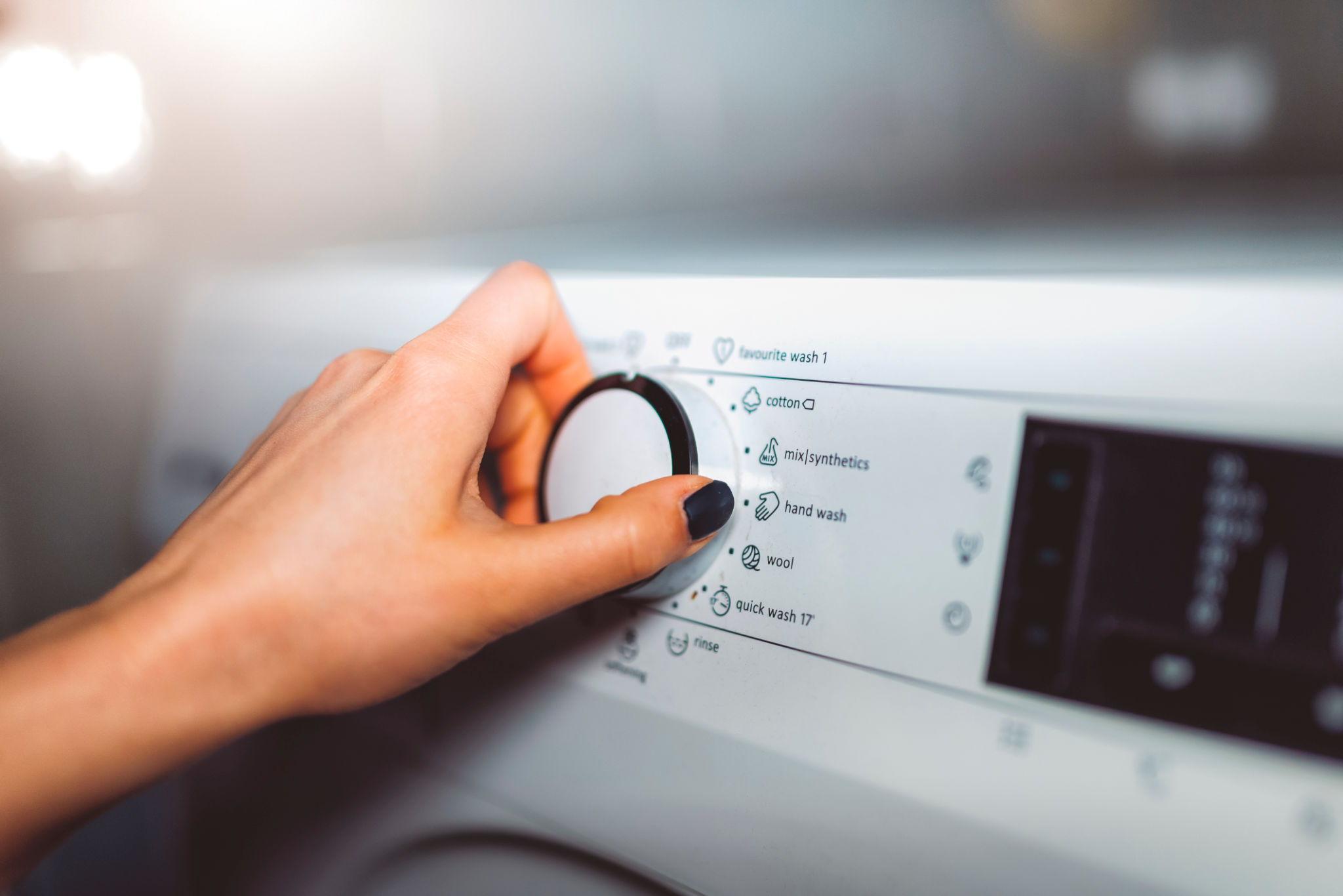Washing Machine Not Draining? Here's What You Can Do
Understanding the Problem
One common issue many homeowners face is a washing machine that isn't draining properly. This can be frustrating, especially when you're in the middle of a busy laundry day. The good news is that this problem is often due to a few common causes, and there are several troubleshooting steps you can take before calling a professional.
Before diving into solutions, it's essential to understand why your washing machine might not be draining. The problem could stem from a blocked hose, a malfunctioning pump, or even an issue with the machine's settings. Knowing the potential causes can help you address the issue more efficiently.

Check for Blockages
Inspect the Drain Hose
One of the first steps in troubleshooting a washing machine that won't drain is checking the drain hose for blockages. Detach the hose from the machine and inspect it for any obstructions like lint, small clothing items, or debris. Gently remove any blockages you find and reattach the hose securely.
Examine the Pump Filter
Another common cause of drainage problems is a clogged pump filter. Locate the pump filter on your washing machine, typically found at the bottom front. Carefully remove it and clean out any accumulated debris. Be prepared for some water spillage when removing the filter, so keep a towel handy.

Investigate Electrical and Mechanical Issues
Test the Drain Pump
If your washing machine still isn't draining after checking for blockages, the drain pump might be malfunctioning. Listen for any unusual noises coming from the pump during the drain cycle. If you suspect an issue, you may need to replace the pump or consult a professional for assistance.
Review Machine Settings
Sometimes, simple issues like incorrect settings can cause drainage problems. Double-check that your washing machine is set to the appropriate cycle and that you haven't accidentally engaged any delayed start or pause features. Resetting your machine's settings can sometimes resolve minor glitches.

Prevent Future Problems
Once you've resolved the immediate issue, it's crucial to take steps to prevent future drainage problems. Regular maintenance can go a long way in keeping your washing machine running smoothly. Clean the pump filter and drain hose periodically, and ensure you're using the right detergent type and amount to avoid buildup.
Additionally, consider running an empty cycle with a washing machine cleaner every few months to remove any hidden residue inside the drum. This simple routine can help maintain your appliance's efficiency and extend its lifespan.
When to Call a Professional
If you've tried all these troubleshooting steps and your washing machine still won't drain, it might be time to call in a professional. Persistent issues could be a sign of more complex mechanical problems that require specialized knowledge and tools to fix.
Remember, while DIY solutions can often resolve minor issues, professional technicians can provide peace of mind with their expertise and ensure your appliance is back in working order quickly.